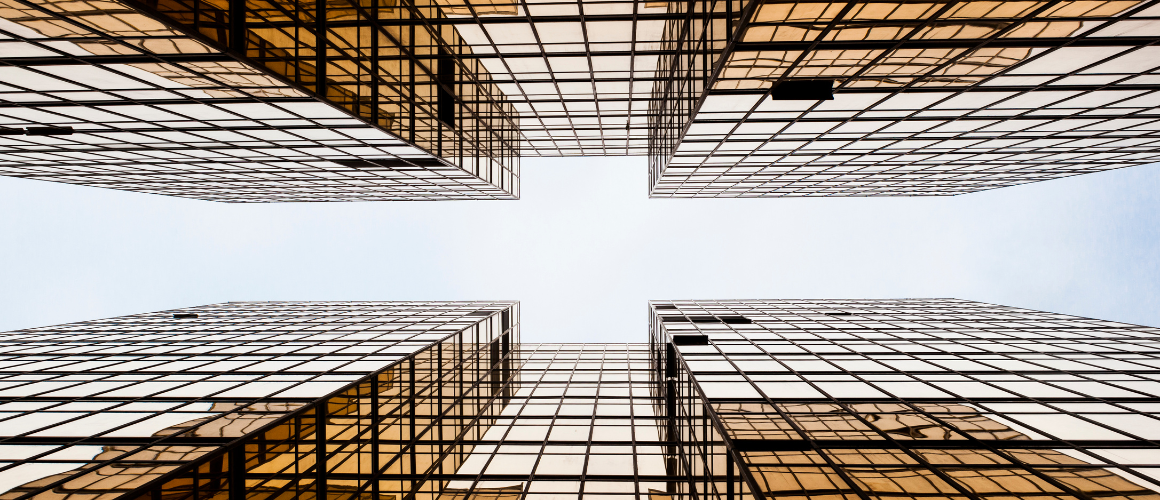
How Urban Design Mirrors and Molds Our Cultural Evolution
Have you ever looked around your city and wondered why it looks the way it does? Our cities are like big, open books telling stories about us—what we like, how we live, and what we dream about. From the towering skyscrapers touching the sky to the cozy parks where we find peace, every part of our city has a tale to tell about our collective desires and dreams.
Think of architecture as a mirror. It shows us our past, reflects our present, and even hints at our future. The buildings around us aren't just blocks of concrete; they're expressions of our culture, our technology, and our aspirations. They change as we change, growing with us. This blog will dive into how our cityscapes and buildings do more than just provide a backdrop to our daily lives. They shape our societal shifts and reflect our deepest cultural desires. So, let's explore together how the design around us is a dialogue between our society and us, constantly evolving and telling the story of who we are.

The Mirror of Society: Architecture as Reflection
Architecture is more than just buildings and bridges; it's a reflection of us, the people who live among these structures every day. Just like a mirror shows us our own image, the buildings around us show what society values, fears, dreams about, and strives for. This isn't a new idea; it's been happening for centuries. Think about the grand castles of Europe, which spoke of power and defense, or the sleek, glassy skyscrapers of modern cities that scream innovation and economic drive.
These structures tell the story of who we were, who we are, and who we wish to be. For instance, the use of sustainable materials and green spaces in new buildings isn't just about being eco-friendly; it shows a growing societal concern for the environment and our planet's future. Similarly, the design of open, accessible public spaces reflects a desire for inclusivity and community in our increasingly isolated world.
It's fascinating to see how cultural shifts shape architecture. During times of economic boom, cities might sprout tall, bold buildings, while periods of introspection and environmental awareness bring about designs that blend nature and living spaces more harmoniously. Each era's architecture offers clues about the societal norms and values of its time.
Moreover, architecture doesn't just reflect society's desires; it influences them too. A well-designed public space can inspire community interaction and a sense of belonging. A building's design can affect our mood, productivity, and even our health. In this way, the mirror of architecture offers a two-way reflection, showing us both who we are and shaping who we become.
So next time you walk through your city, take a moment to look around. The buildings and spaces around you are silently speaking, telling the tale of your community's past, present, and future. They are the mirrors reflecting our collective soul.

Shaping Cultural Desires Through Design
Architecture does more than just fill our skylines with shapes and textures; it actively shapes our cultural desires and societal values. When architects design buildings and spaces, they're not just thinking about the here and now. They're imagining the future—what kind of world we want to live in, and how spaces can encourage us to think, feel, and interact in new ways.
Take, for instance, the way public libraries have evolved. Once seen as mere repositories for books, modern library designs now emphasize community, learning, and accessibility for all. This shift reflects our growing desire for inclusive spaces that promote lifelong learning and connection among diverse groups.
Similarly, the rise of mixed-use developments speaks to our longing for integrated, vibrant communities where we can live, work, and play in close proximity. These spaces are designed with the understanding that our lives are richer and more fulfilling when they're interconnected, blending the boundaries between residential, commercial, and recreational spaces.
Even the materials architects choose tell a story about our cultural desires. The increasing use of sustainable, eco-friendly materials isn't just about meeting building codes; it's a reflection of our collective aspiration towards a more sustainable, responsible way of living. It shows a recognition of our role in the larger ecosystem and a desire to minimize our impact on the planet.
Architectural design also plays a crucial role in shaping how we navigate societal changes. For example, in response to the global health crisis, architects are reimagining spaces to prioritize health, safety, and well-being, incorporating features like improved ventilation, outdoor meeting spaces, and materials that are easier to clean. This not only addresses immediate health concerns but also influences our cultural expectations around safety and wellness in public spaces.
In essence, through design, architecture gives form to our cultural desires, pushing society to evolve in ways that reflect our highest aspirations. It's a powerful cycle: as our cultural desires shift, architecture adapts, in turn, inspiring us to reimagine what's possible in our communities and in our lives.
The Role of Public Spaces in Societal Dynamics
Public spaces play a pivotal role in the fabric of our societies, acting as arenas where cultural dynamics are expressed, challenged, and reshaped. Parks, squares, and community centers are not just physical locations but vital social ecosystems that foster interaction, understanding, and unity among diverse groups. These spaces are where life happens – where protests voice demands for change, where festivals celebrate heritage, and where everyday moments of friendship and support build the bonds of community.
The design and accessibility of these public areas directly impact societal dynamics. Thoughtfully designed spaces that are inclusive and welcoming can encourage a more engaged, active, and cohesive community. For example, a park with ample seating, accessible pathways, and engaging play areas invites people from all walks of life to come together, share experiences, and create a shared sense of belonging.
Moreover, public spaces are democratic by nature. They are one of the few places where people can claim equal ownership and access, regardless of social or economic status. This democratizing effect can empower communities, giving them spaces to express their cultural identities and engage in civic activities.
During challenging times, the importance of public spaces becomes even more pronounced. They serve as stages for public discourse, peaceful protests, and community solidarity, proving that the design and management of these spaces can significantly influence societal resilience and adaptability.
In essence, the role of public spaces in societal dynamics is profound. They are not just settings for public life but active participants in the ongoing dialogue that shapes our collective cultural and social identity. Through facilitating interaction, promoting inclusivity, and empowering communities, public spaces contribute significantly to the dynamism and vitality of societal life.

Future Directions: Sustainable and Inclusive Design
As we look towards the future of architecture and urban planning, the twin pillars of sustainability and inclusivity stand at the forefront of design philosophies. The evolving landscape of our societal needs and environmental concerns demands that we reimagine how our spaces are created, not just for the present but for generations to come.
Sustainable design is no longer a niche interest but a crucial aspect of all new developments. It encompasses energy efficiency, reducing carbon footprints, and incorporating green spaces that provide ecological benefits and enhance the well-being of urban dwellers. This approach is about more than just adding solar panels or green roofs; it's about creating a symbiosis between our built environments and the natural world.
Inclusivity in design ensures that everyone, regardless of age, ability, or socioeconomic status, can access and enjoy public and private spaces. This means thinking beyond conventional accessibility standards to consider how spaces can be welcoming and usable for everyone. It involves designing buildings and public areas that cater to a wide range of needs and preferences, reflecting the diversity of the communities they serve.
The integration of technology plays a pivotal role in achieving these future directions. Smart cities, powered by the Internet of Things (IoT), offer innovative solutions for sustainable and inclusive living, from energy management to enhancing mobility for people with disabilities.
As architects and urban planners embrace these challenges, we're beginning to see the emergence of spaces that not only meet our needs today but are adaptable for the future. These future-focused designs promise to lead us towards a more sustainable, inclusive, and resilient society, where the built environment supports and enriches our collective lives.
Our journey through cityscapes and societal shifts has shown us how deeply intertwined architecture is with our cultural desires and societal dynamics. From reflecting our values to shaping our future, the built environment is a powerful testament to human creativity and community spirit. Let's continue to build spaces that reflect the best of who we are and aspire to be.
Elevate Your Building Projects with Professional BIM Services - Contact Us!